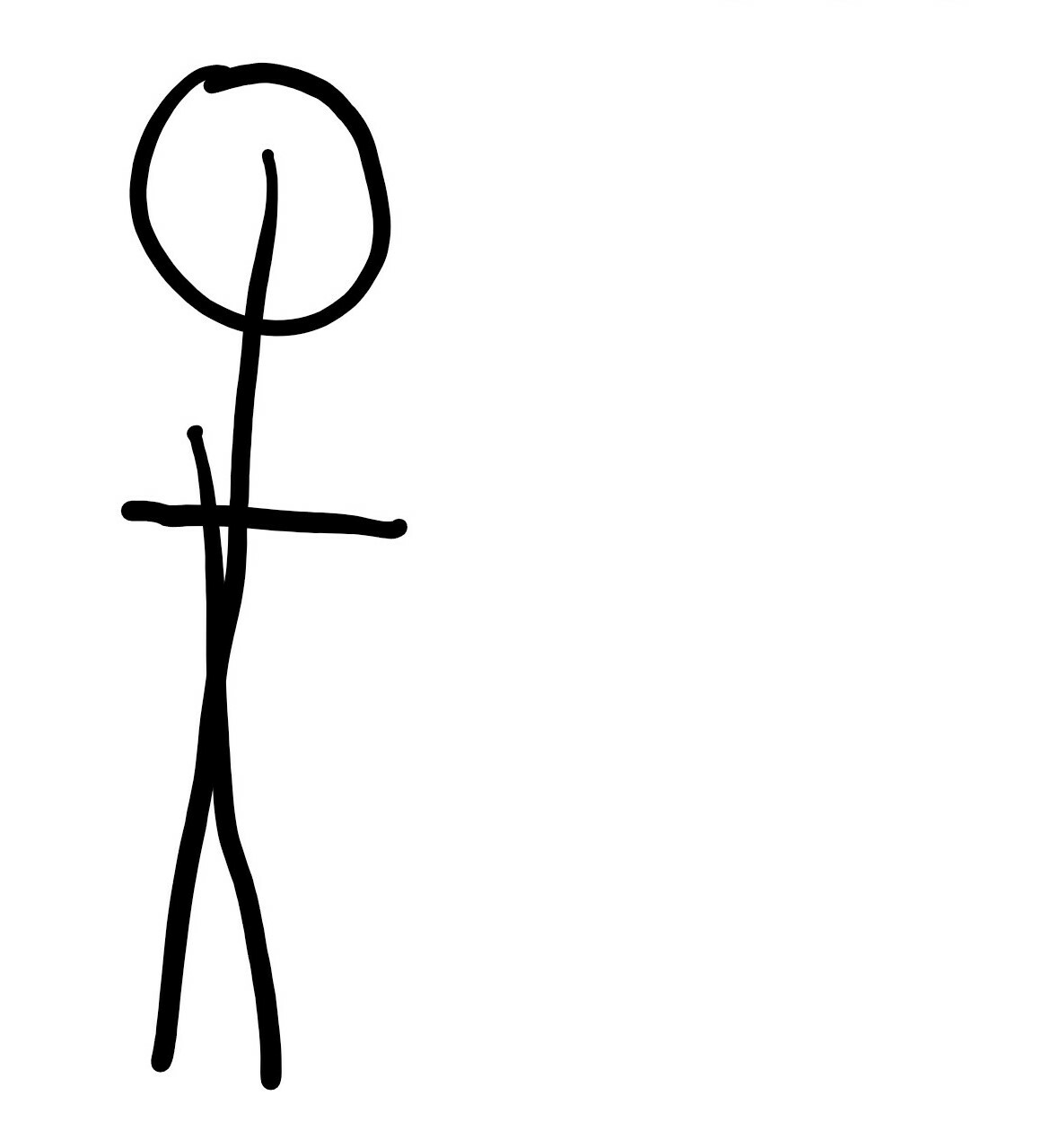Carte-Blanche
Ekaterinburg, 2018; 6 photographs; 32:25 min
From 15 to 25 July 2018, the first festival of partisan `street art` named "Carte Blanche" took place in Yekaterinburg. The main intention was a romanticized attempt to recall the autonomy of "street art" - independent from the market, institutions, and decorative nature. According to the manifesto, many artists got "domesticated" and forgot what it's like to paint illegally, struggle with circumstances, and argue with dissatisfied residents and even the police. The conscience insisted that `street art` can and should exist in the city rather than just being the tool of decoration or part of commercial galleries. The participants were invited to return to the "origins" of the subculture and focus on themes of protest and illegality. The marginal approach was not to seek approval among the population or municipal authorities to implement artistic initiatives, which ultimately promised to return "street art" to the streets. Besides, the name "Carte Blanche" logically referred to the unlimited freedom of action. As a starting point, the artists were called to go beyond their established style, decide on experiments, and try out new techniques, genres, and unfamiliar materials.
According to the organizers, Yekaterinburg is the city where people better appreciate `street art` in Russia and quickly understand the essence of an artist's work. This idea acted as a catalyst for choosing the city as a platform for artistic expression. As an observer, it should be noted that the city conditions do not necessarily imply a negative attitude towards "street art." This is caused by a positive attitude among the skilled viewers formed by other festival activities aimed at aestheticizing and gentrification of urban space. Nevertheless, the population's approval can be similarly identified among most "unauthorized" paintings or similar practices, which have persisted in the city for many years. It does not mean that "unsanctioned" artworks are allowed and encouraged by the authorities (although such cases are not excluded and even occurred). However, the general mood of the city has formed a legitimate attitude towards art in its environment.
This suggests that the implementation of actions under the manifesto was not an easy task. While most artists did their work in a tranquil atmosphere, the only possible solution to the logical paradox was constructing an artificial situation in which the participants would conduct within the framework of the designated topic. Thus, the idea of `illegal` damage of `illegal` works has appeared.
According to the organizers, Yekaterinburg is the city where people better appreciate `street art` in Russia and quickly understand the essence of an artist's work. This idea acted as a catalyst for choosing the city as a platform for artistic expression. As an observer, it should be noted that the city conditions do not necessarily imply a negative attitude towards "street art." This is caused by a positive attitude among the skilled viewers formed by other festival activities aimed at aestheticizing and gentrification of urban space. Nevertheless, the population's approval can be similarly identified among most "unauthorized" paintings or similar practices, which have persisted in the city for many years. It does not mean that "unsanctioned" artworks are allowed and encouraged by the authorities (although such cases are not excluded and even occurred). However, the general mood of the city has formed a legitimate attitude towards art in its environment.
This suggests that the implementation of actions under the manifesto was not an easy task. While most artists did their work in a tranquil atmosphere, the only possible solution to the logical paradox was constructing an artificial situation in which the participants would conduct within the framework of the designated topic. Thus, the idea of `illegal` damage of `illegal` works has appeared.
The first impression about Yekaterinburg was characterized by the bus stop "Mental Hospital," which accidentally touched my attention on the way to the hostel from the airport. The arrival date was deliberately chosen on the festival's last days when most of the artworks were already successfully completed by the contributors. I expected that most participants would not appreciate my reflection upon "illegality"; therefore, I was prepared for the worst consequence. Its ambiguity absorbed me entirely and became the primary incentive of the project. Taking the risk, I investigated my fear, the ethics of the relationship within the community, and the "illegality" mentioned in the manifesto. The vandal actions took place on both the penultimate and the last days of the festival. After damaging the first work on a penultimate night, I was given a postcard as a present by the organizer in which was written:
"Oleg, you are doing everything right! You are the hope of our street art!"
These words were taken literally; consequently, I continued performing to "correct" other artworks the next day. To hide my face and remain anonymous (as is often the case with street artists), I made a mask of my face. Each time a work was corrected, I asked passersby to photograph me wearing the mask and standing next to the artwork. After hanging over the images to the network, I was called to get back to the hostel by the organizer. Having come to the site, I switched on the camera to continue the documentation of the project. This arrogance prompted artists to decide on the physical impact – I was strangled, sometimes kicked, and threatened with death. While I was explaining the concept of the project, they wanted to charge me a fine for the damaged works or assigning the work to restore the artworks as a punishment. Refusing such an offer, they took me hostage and were holding me in the hostel as a criminal. It seemed that I was arrested and taken to the cage in a police office, but instead, I was held by artists who make works "illegally" on the street. Unwilling to be late for my flight, I arranged an escape and safely managed a last-minute check-in after 6 hours of detention.
